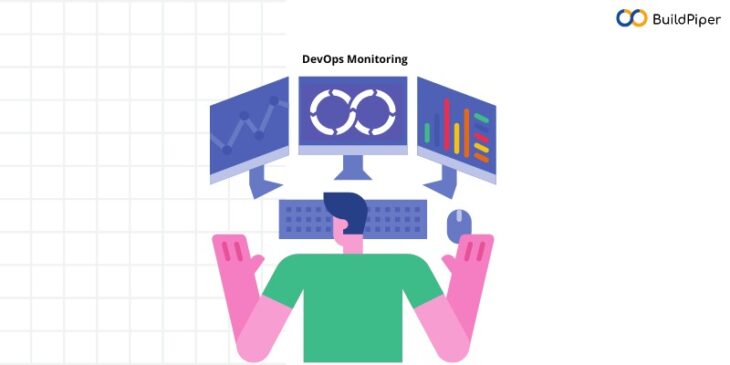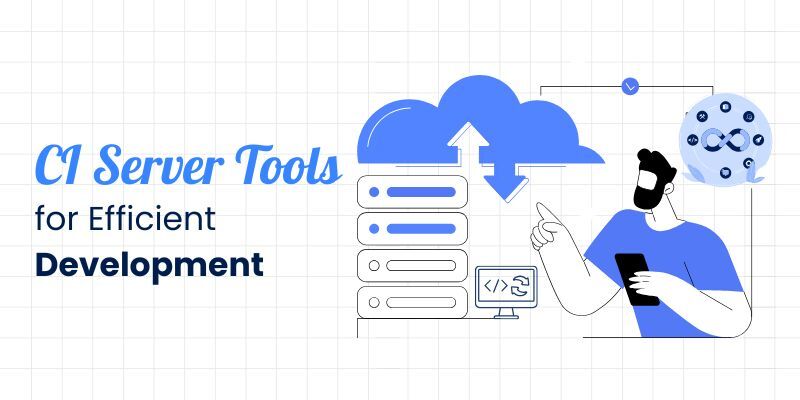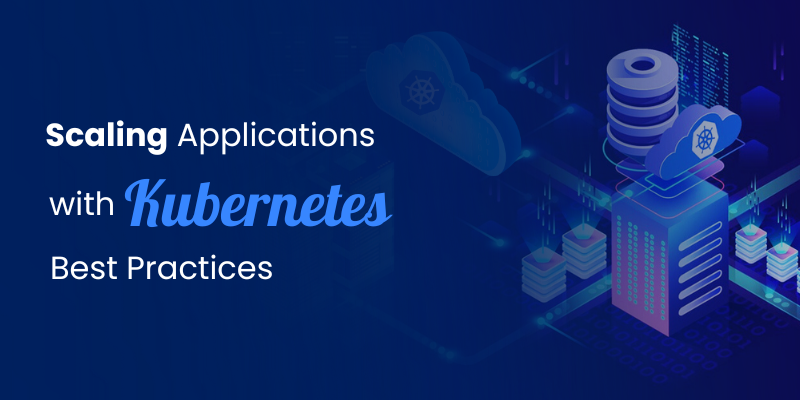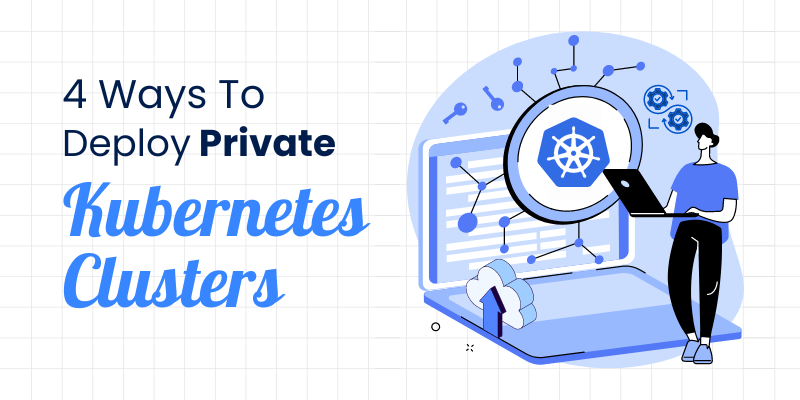
Monitoring in DevOps is inherently proactive, and as a result, it identifies security gaps and threat prevention opportunities to enhance application performance even before the bugs are visible. But this is possible only when DevOps monitoring strategy is effectively and successfully implemented.
Here’s how you can devise an efficacious DevOps monitoring strategy in a rapidly changing environment for your enterprise. In this blog, we’ve discussed 3 best practices in DevOps monitoring to help you understand
- how to get started
- what to monitor
- which tools to use for monitoring
Let’s Begin!
Identify Vulnerabilities
A vulnerability is a defect or flaw present in the software. Vulnerabilities can exist in application dependencies or operating system (OS) packages. Common vulnerabilities include buffer overflows, missing authentication for critical functions, missing data encryption and insecure interactions between various software components.
Vulnerabilities and undetected system issues can result in delayed releases and deployment failures. Vulnerabilities are mainly of two types:
- Known Vulnerabilities: These are weaknesses or vulnerabilities in an application that are already known or identifiable via lists maintained by National Vulnerability Database (NVD).
- Unidentified Vulnerabilities: These types of vulnerabilities are not known in advance. They occur due to insecure coding practices, insecure design, or insecure architecture in the application.
It is important for businesses to monitor these vulnerabilities and mitigate them within a refrained time limit. These vulnerabilities can be addressed in several ways such as by monitoring third-party dependencies, conducting regular secure code reviews, preparing a security checklist, guiding the software development teams about major security concerns, and hiring experienced security professionals.
[Good Read: Observability for Monitoring Microservices — Top 5 Ways!]
Enable User Activity Monitoring
User activity monitoring is the process of actively monitoring and tracking the behaviour of users across IT resources such as devices and networks within an organization. User activity monitoring can help mitigate malicious cyberattacks and potential threats to the system. It is necessary to track unusual requests, multiple login attempts or log-ins from unknown devices. Monitoring user behaviour alerts and notifies security teams about unusual activities and unauthorized access. For instance, a developer attempts to access an admin account.
With an effective strategy for monitoring in DevOps, teams can immediately detect and investigate suspicious user activity. Enterprises can easily find out if their employees are uploading sensitive data to public clouds, utilizing non-approved services and applications, or involving in restricted activities while using company network or resources. User activity monitoring tools help in ensuring that employees do not misuse company’s confidential information.
Choose the Right Monitoring Tools in DevOps
Complementing a set of effective and healthy monitoring practices are advanced tools that align with the DevOps culture based in an organization. Selecting such tools requires attention to identifying and implementing monitoring tools. Additionally knowing developer tools of code repositories, continuous integration tools and deployment tools is also needed.
Choosing a monitoring tool that meets your business goals and requirements starts with an evaluation process. It mainly involves understanding the functionality of each tool and analyzing which tool is best suited for each type of monitoring.
The right monitoring tools in DevOps should be able to,
- Provide a complete and real-time view of the status of applications, services, and infrastructure in the production environment.
- Inform and alert teams about errors, bugs and issues even before going live, in a pre-production environment.
- Render complete visibility of application enabling teams to find the potential reasons for failure in deployments and delays in releases.
List of Monitoring Tools in DevOps
Some of the important monitoring tools in DevOps available in the market today:
- Sensu
- Prometheus
- Kibana
- Splunk
- BuildPiper
- Dynatrace
- Librato
Before you Start
These were some of the best practices in DevOps monitoring. But before you start executing your monitoring strategy, you must set and measure DevOps monitoring goals. These goals will help your teams in knowing how well your DevOps monitoring strategies are working. It also helps them in getting detailed insights into how efficient your workflow is and how well your teams perform. You need to,
- Track the duration of each sprint.
- Record and analyze the rate at which bugs are identified, documented, and fixed.
- Identify the ratio of expected-to-delivered features.
- Know whether your team is able to meet the set deadlines.
- Assess whether the team is following the DevOps approach effectively.
BuildPiper has recently emerged as a popular Microservices monitoring tool in the DevOps market. The platform renders complete visibility of the deployment status with in-depth reporting on the reasons for failure thus enabling a secured, quick and seamless Microservices deployment. With BuildPiper, DevOps teams can get complete visibility of the deployment status and the pod status after service deployment.
Contact our experts to know more about the other interesting features of this platform!



